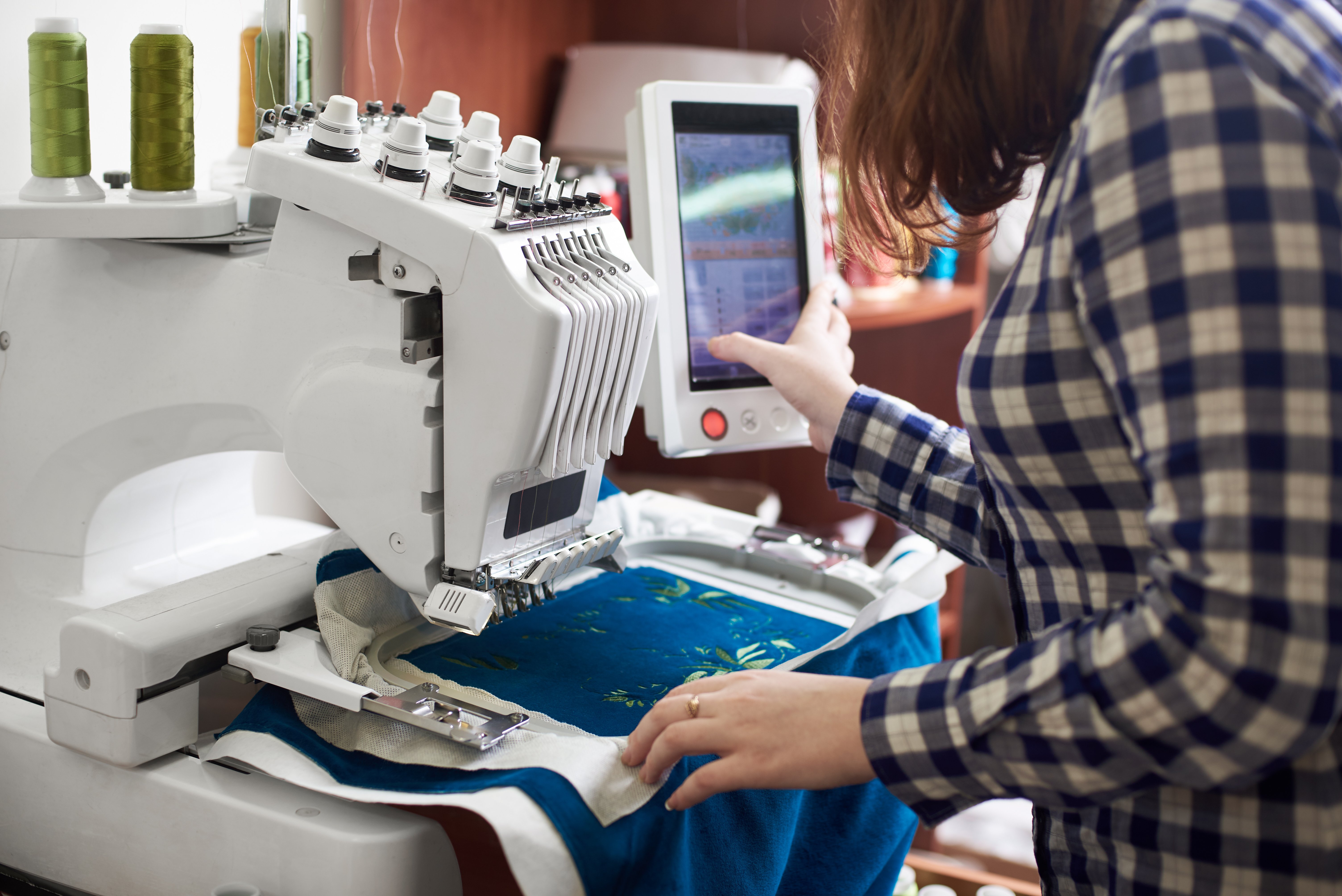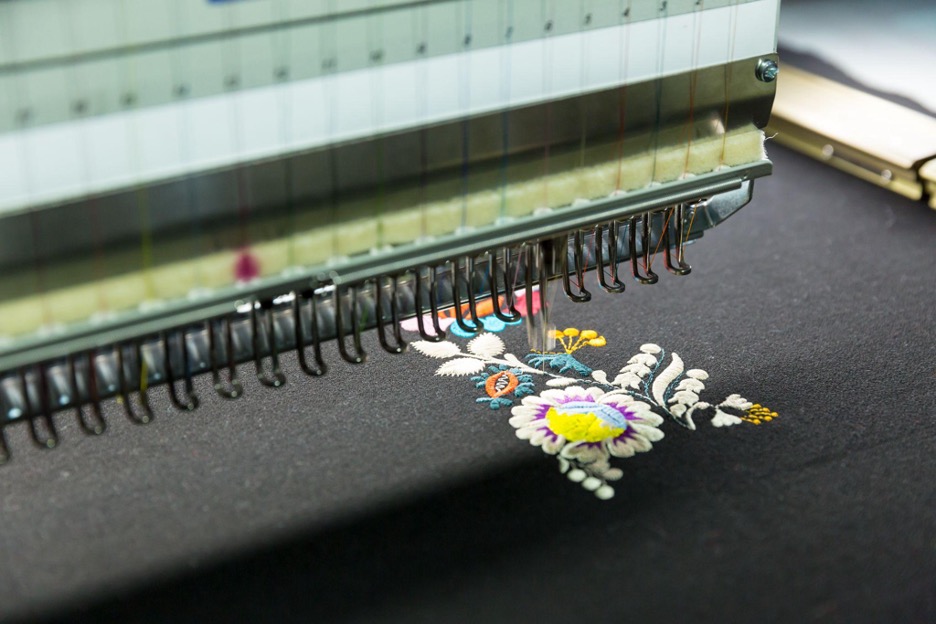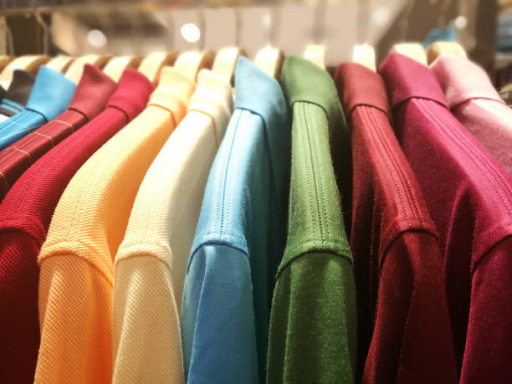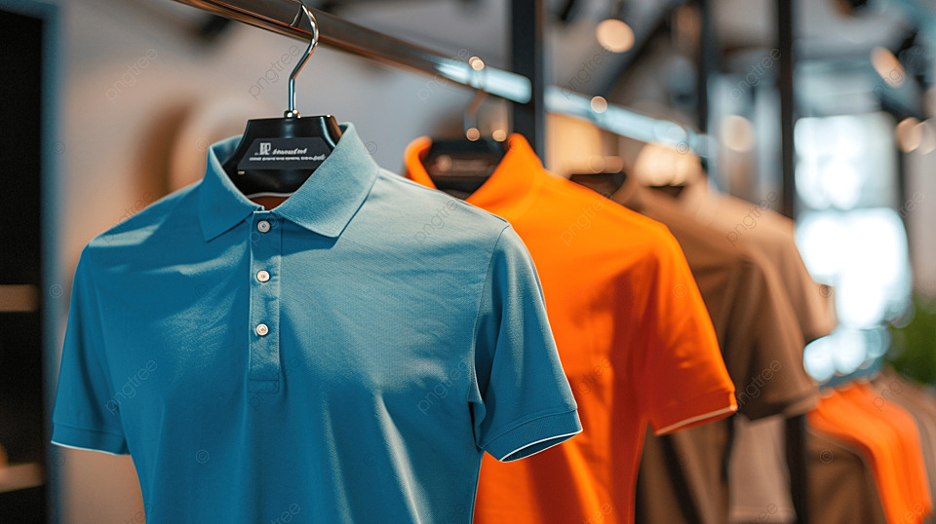The craft or art of embroidery involves using yarn or a needle to decorate a piece of fabric or other materials. It has been carried out in this manner for many years. In fact, embroidery dates back to the Cro-Magnon period, which is around 30,000 BC. This is proven by the fossilised remains of elaborately hand-stitched and embellished clothes, boots, and a cap that were discovered during a recent archaeological discovery.
History Of Embroidery All Over The World
Intricately drilled shells that were sewn into animal hides with beautiful patterns were found in Siberia, dating back to somewhere between 5000 and 6000 B.C. Chinese thread embroidery has also been documented in artefacts dating back to 3500 B.C., where images show garments embroidered with silk thread, priceless gems, and pearls. There have also been finds of Chinese chain stitch embroidery made with silk thread from the Warring States period (5th–3rd century BC).
In 1100s Europe, smaller seed pearls were stitched onto vellum to embellish holy objects, and beads were embroidered onto clothes from the 1200s through the 1300s. By 1500, Europe and other parts of the world had increasingly opulent embroideries. From this time until the 1700s, intricate thread and bead embroidery have become more and more prominent. Layette baskets, court attire, household furniture, and many more products can all be found with bead embroidery.
Significance Of Embroidery

In various cultures, including ancient Persia, India, China, Japan, Byzantium, and mediaeval and Baroque Europe, richly embroidered garments, religious goods, and household things symbolised prestige and luxury. In countries as different as northern Vietnam, Mexico, and Eastern Europe, traditional folk skills were passed down from generation to generation.
In mediaeval England, skilled workshops and guilds formed. Opus Anglicanum, sometimes known as “English work”, was the product of these sessions and was well-known throughout Europe. The production of machine-made embroideries exploded in St. Gallen, eastern Switzerland, in the second half of the 19th century.
Later, the method used to repair, reinforce, patch, and tailor cloth encouraged the development of sewing techniques, and the ornamental options offered by sewing gave rise to the art of embroidery. When Art needlework and Berlin wool-work emerged in the 1800s during the machine age, the popularity of elaborate freehand sewn thread embroidery started to decline.
Berlin wool-work, canvas thread embroidery, was popular into the 1870s, but counted cross-stitch, which uses square mesh canvas and stitch-by-stitch thread designs, overtook it in popularity in the 1880s. The need to count each stitch was frequently eliminated with the invention of printed patterns in colour. The new needlework stitches of the 1800s coincided with the golden era of bead embroidery, even as intricate freehand thread embroidery was becoming less popular.
Different regions in the world utilise different types of materials and yarns for traditional needlework. For thousands of years, people have used wool, linen, and silk for both fabric and yarn. In addition to the more conventional wool, linen, and silk, embroidery thread is now also produced in cotton, rayon, and novelty yarns. The most popular use for narrow silk or silk/organza blend ribbon embroidery is to create flower designs.
The most cost-effective surface embroidery methods for expensive yarns include chain stitch and couching or laid-work, that’s typically used for gold work. Although canvas work techniques take more materials, the completed textile is stronger and more solid because vast volumes of yarn are buried in the back of the piece.
Embroidery Uses Today

Most modern embroidery is stitched on a computerised machine, utilising “digitised” embroidered patterns. Different “fills” are used in machine embroidery to lend texture and design to the finished piece. Machine embroidery is used to embellish home textiles, draperies, and decorator fabrics to resemble the intricate hand stitching of the past. Additionally, it entails adding logos and monograms on business shirts, coats, presents, and uniforms.Today, in addition to printing, many people opt for embroidered logos on shirts and coats to advertise their business. Yes, embroidery has advanced greatly in terms of design, craft, and application. Along with its continued rise in popularity, it also keeps its allure as a high-quality and long-lasting branding instrument.
Interested in knowing more about embroidery and how to use it for your company branding? Get in touch with us today to learn more!




